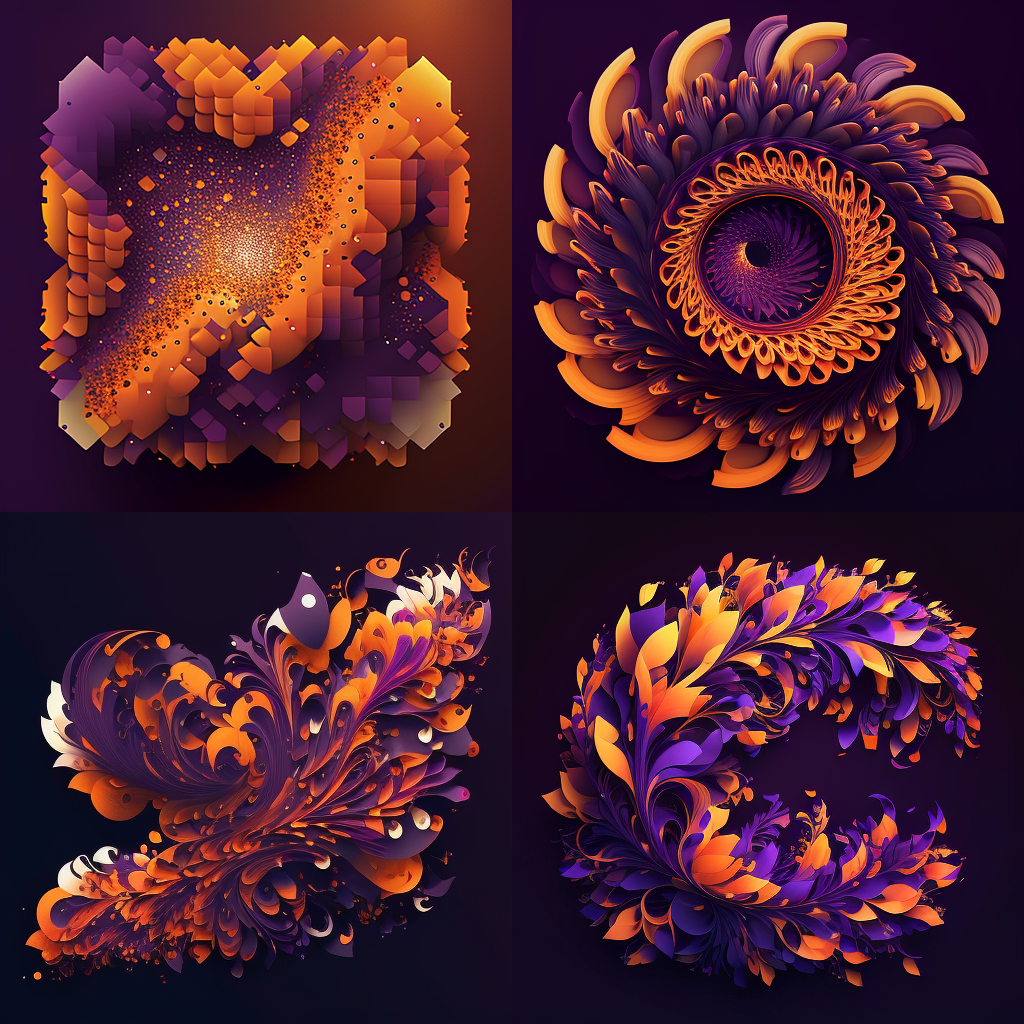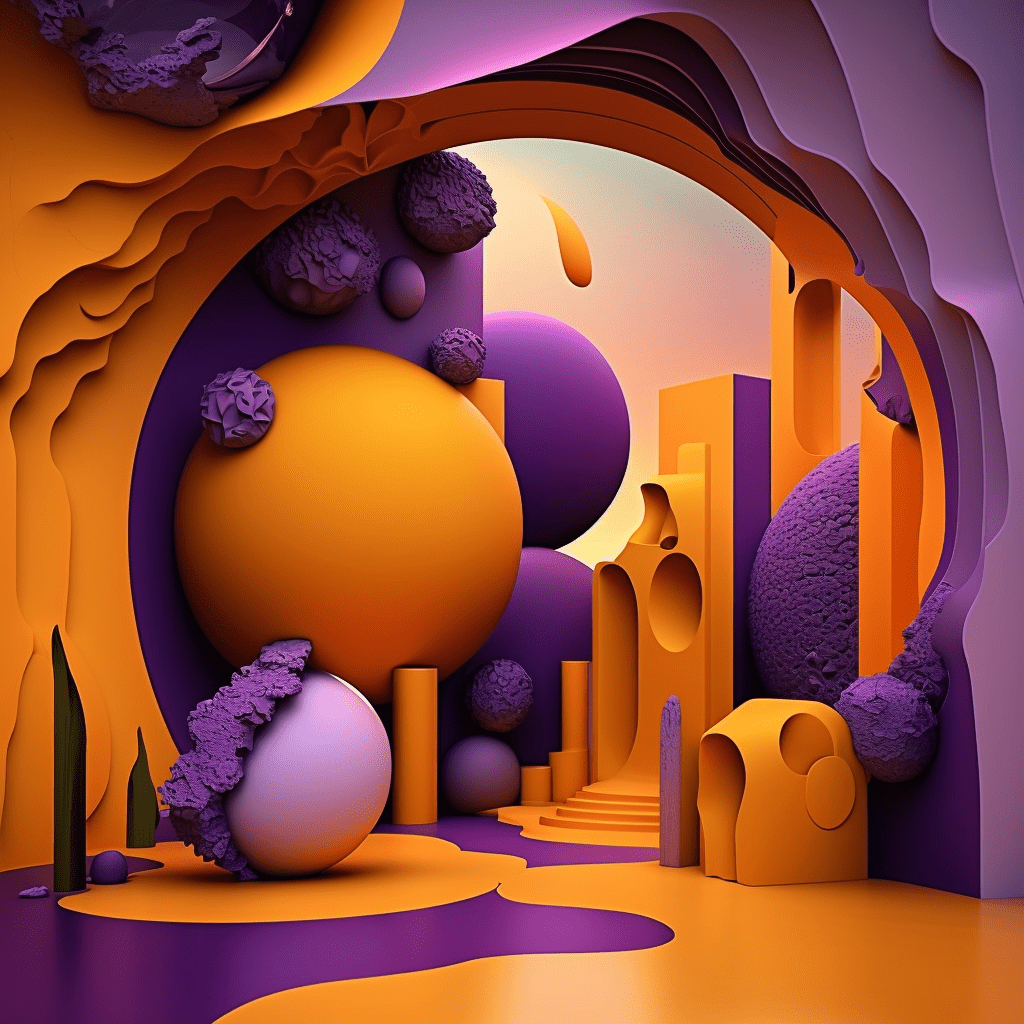Generative art is a form of art that is created through the use of algorithms and computational systems. It has been around for several decades, but in recent years, there has been a surge of interest and innovation in this field. As technology continues to evolve and become more advanced, the future of generative art is looking incredibly exciting.
One of the most significant advancements in generative art is the increasing use of machine learning and artificial intelligence. Machine learning algorithms can be used to create highly complex generative art pieces that are beyond the capabilities of human artists. This is because machine learning algorithms can learn from vast amounts of data and make decisions based on that data, resulting in highly intricate and detailed artwork.
Another exciting development in generative art is the use of virtual reality (VR) and augmented reality (AR) technologies. These technologies can be used to create immersive art experiences that blur the line between physical and digital art. For example, artists can use AR to create installations that are overlaid onto the real world, allowing viewers to interact with the artwork in new and exciting ways.
The integration of generative art with other fields is also becoming more prevalent. For example, generative art is being used in architecture to create new building designs that are not only visually stunning but also highly functional. Additionally, generative art is being used in fashion design to create unique patterns and textures that would be impossible to achieve through traditional methods.
The future of generative art is not just about creating new forms of art, but also about democratising the creation process. With the rise of no-code and low-code development platforms, artists and designers can create their own generative art without needing to know how to code. This means that generative art is becoming more accessible to a wider audience, which will result in even more innovation and creativity in the field.
One potential challenge for the future of generative art is the issue of copyright and ownership. As generative art becomes more prevalent, it may become more difficult to determine who owns the artwork and who has the right to use it. However, this is an issue that can be addressed through the development of new legal frameworks and licensing models.
In conclusion, the future of generative art is incredibly exciting. With the increasing use of machine learning and AI, the integration of generative art with other fields, and the democratisation of the creation process, we can expect to see even more innovation and creativity in the field in the years to come. The possibilities for generative art are truly limitless, and we can’t wait to see what the future holds.

